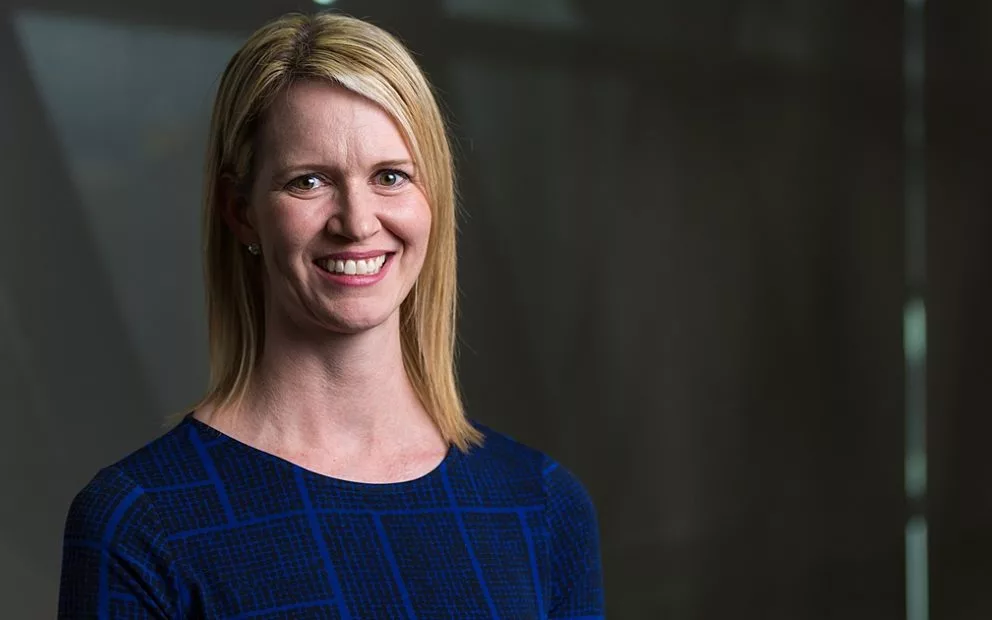Researchers from the University of Adelaide and SAHMRI are calling for stronger regulation of how alcohol use is depicted on TV after an in-depth study of the ‘reality’ show Bachelor in Paradise.
The research, led by University of Adelaide NHMRC Early Career Fellow and Deputy Director of SAHMRI Health Policy Centre, Dr Jacqueline Bowden, focused on the first series of the Network Ten dating show. The team divided each episode into one-minute intervals, then catalogued the depictions of alcohol in each segment.
“Alcohol was shown or referenced in more than 70% of those one-minute intervals across each of the show’s 16-episode series,” Dr Bowden said.
“We weren’t shocked that drinking is shown but the fact it was so widespread in this program is concerning and sends the wrong message to young people and the community about drinking.”
Results of the study showed 70.7% of one-minute intervals included alcohol content. Actual alcohol use occurred in 31.9% of the intervals, implied alcohol use was in 63.4% and other alcohol references happened in 14%.
The first depiction of alcohol occurred in the first or second one-minute interval of all 16 episodes and was twice as prevalent as non-alcoholic content.
Analysis of the show’s ratings reveal there were on average 47,000 viewers in the 6-17 year-old age bracket, and 81,000 viewers aged 18-24.
Dr Bowden says the prevalence of alcohol in Bachelor in Paradise gives the impression that drinking is more prevalent among young people than it really is.
“In terms of alcohol use, this ‘reality’ show doesn’t match reality and there are unintended consequences to that,” she said.
“Producers of shows like this should be aware they are glamourising drinking for young people.
“Higher exposure to traditional forms of alcohol marketing among young people is associated with increased alcohol uptake, increased consumption and increased binging and hazardous drinking levels. This is also likely to be the case for reality TV shows.”
Alcohol remains the leading cause of death and disability in 15-24 year-olds globally and hospital emergency presentations are increasing in this age group in Australia.
Harmful alcohol consumption is linked to more than 200 health conditions. It costs the Australian community approximately $36 billion each year and causes more than 5500 deaths annually.
“The results of this study support calls for a regulatory regime by government that protects young people more effectively from exposure to alcohol, capturing both traditional forms like advertising and also non-traditional forms like in TV and movies,” Dr Bowden said.
The results also come at a time when Australian and New Zealand Food Forum Ministers are meeting to decide whether to support a pregnancy health warning label on alcohol products later this week.
“Alcohol is known to cause birth defects such as Fetal Alcohol Spectrum Disorder (FASD), yet one-in-four pregnant women in Australia continue to drink alcohol,” Dr Bowden said.
“That’s perhaps unsurprising given widespread exposure to alcohol in Australia, including in shows like Bachelor in Paradise.
“Many women who continue to drink are unaware of, or underestimate, the severity of the risk to their unborn child. A clear, visible health warning label on alcoholic products will help educate Australians about these harms so they can make informed decisions when pregnant or planning a pregnancy.”
The research was published today in the journal Alcohol and Alcoholism.

